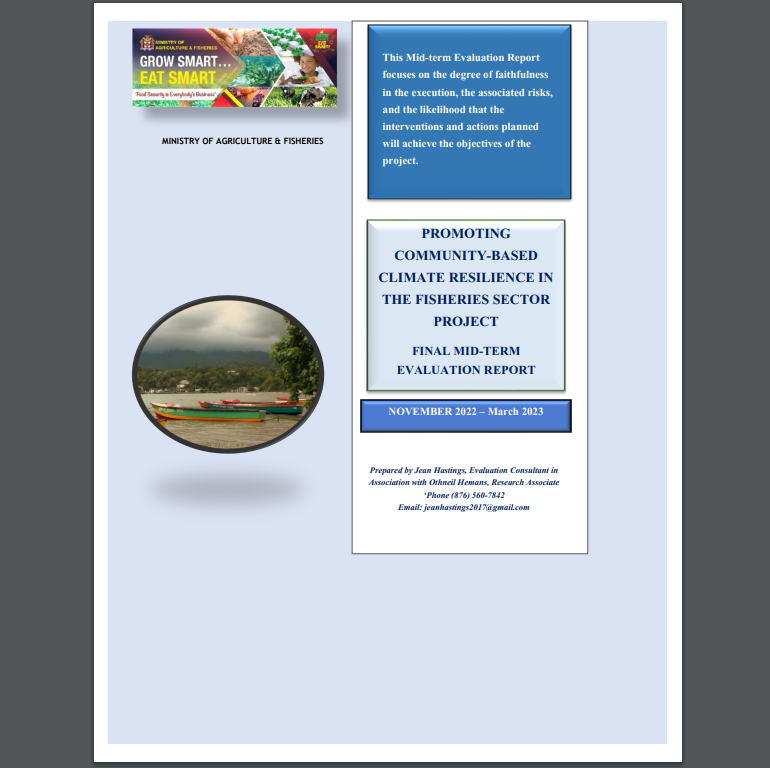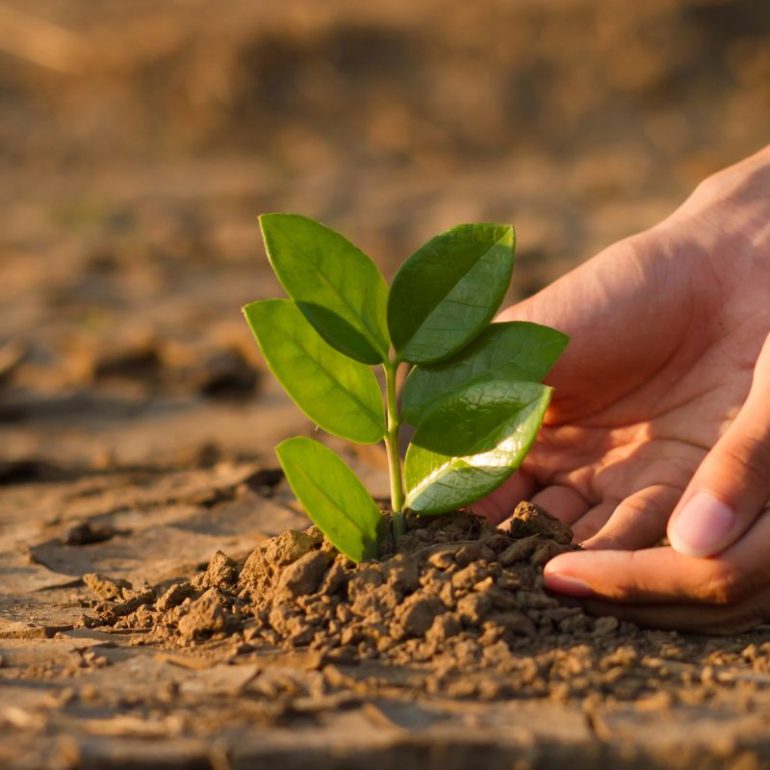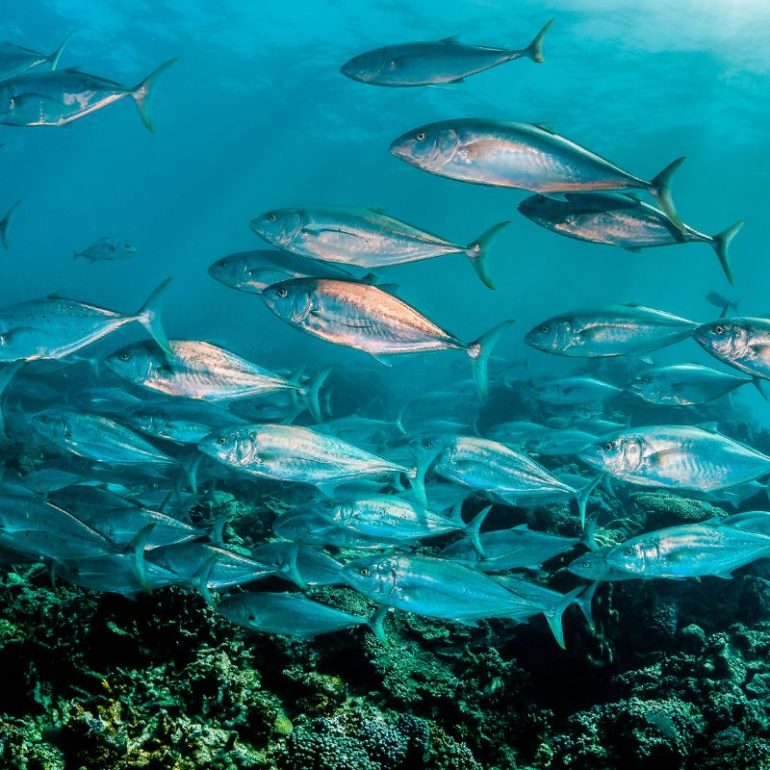
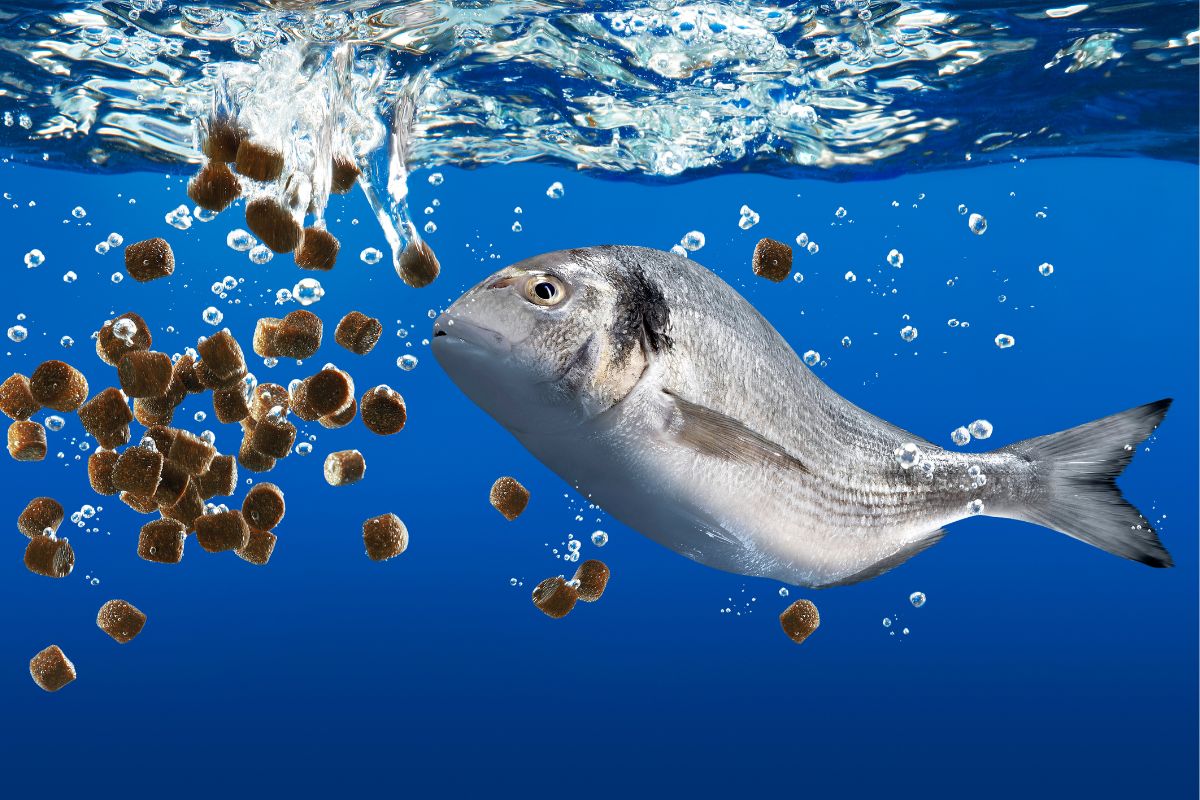
- Date: 31 March 2022
- Client: Ministry of Agriculture & Fisheries
- Category: Aquaculture, Report
- Address: 6 Hope Gardens, Kingston
Consultancy To Assess The Local Availability Of Fish Feed And Prepare A Strategy And Action Plan For Improving Accessibility To Affordable Quality Fish Feed
As widely known, the availability of quality feed at an affordable price is the key to a credible development of aquaculture in any country that wants to successfully undertake such an activity. In the current framework of international crisis, which projects uncertainties even in the near future, the sustainability of the aquaculture sector will therefore increasingly rest on the strength of its feed supply chains, both in terms of price and continuity.
The following analysis, through the collection of data relating to the production of farmed fish (both food and ornamental), the fish feed (domestic and imported) consumption, and the raw materials and
by-products available locally, gives us a sufficiently clear picture of the current situation and its potential for future development.
The Aquaculture Context
In FAO rankings, Jamaica figures as a major importer of fish, import that is necessary to meet one of the largest domestic demands in the Americas. FAO data for the year 2017 showed that:
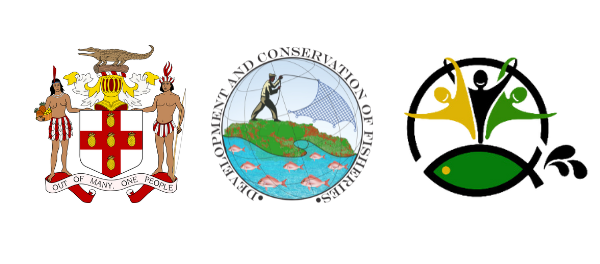
In this context, the goal of building a strong national fish feed supply chain, possibly based on local feed mills, fed mainly by raw materials of national origin, with an eye to its environmental and climate sustainability, is therefore very well suited to current needs and even more to future ones.
Tilapia farming
After a period of steady growth between the late ’90s and early 2000s, which brought Jamaican aquaculture in 2006/7 to count 189 farmers and 1100 hectares of ponds capable of producing 8,019 tons of fish (almost solely Tilapia), since 2008 we are witnessing a sharp decline in aquaculture
production, a decline that seems to have stabilized only in recent years.
The FULL Report


